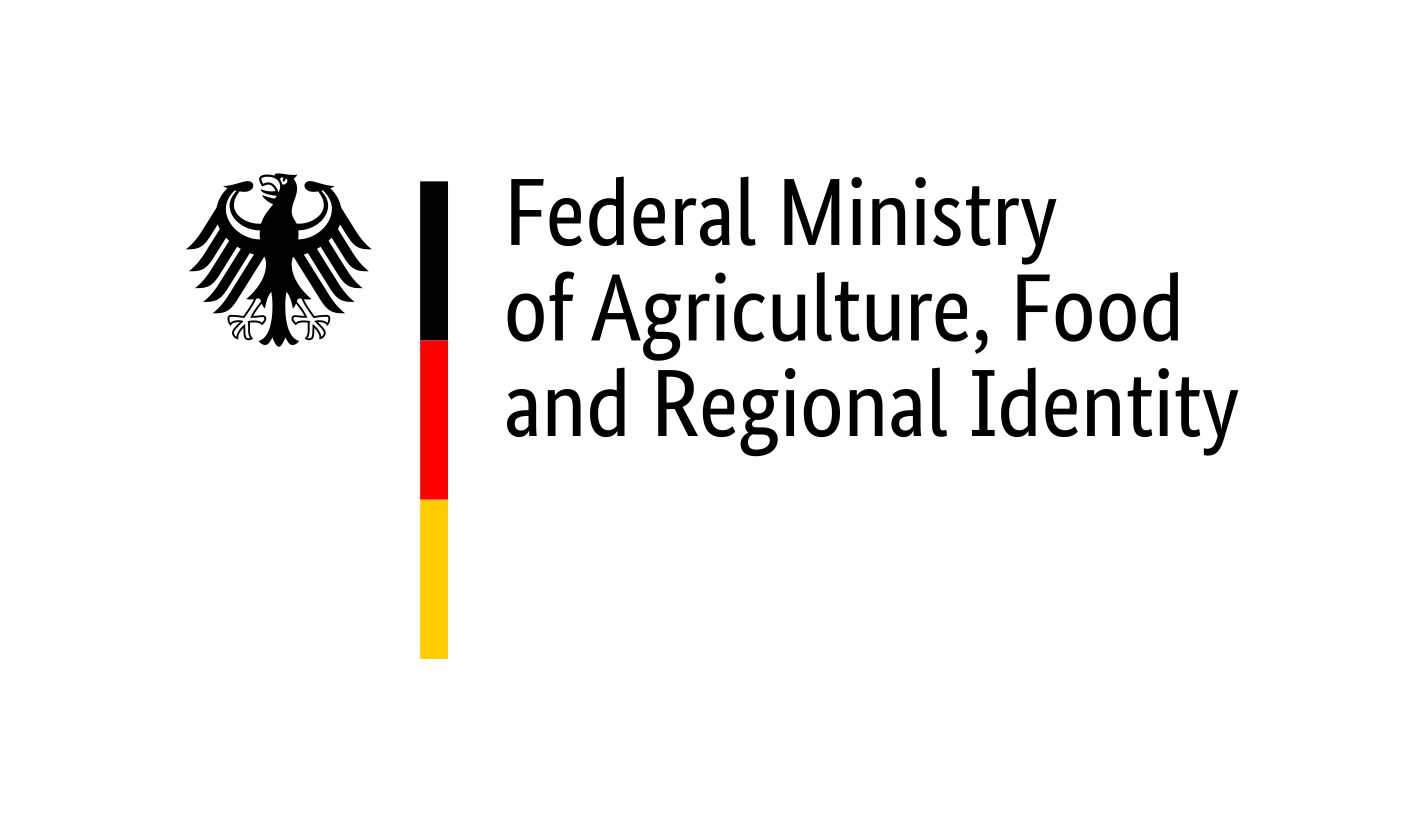

With the help of the newly published indicator report for nationwide monitoring of biodiversity in agricultural landscapes (MonViA), the joint project is laying the necessary foundations for this. Based on the biodiversity monitoring tailored to the agricultural sector and the resulting solid data basis, meaningful action and funding measures can be developed in the future.
Document format:pdf Document size:, 12 MB Universal access:This document is accessible
Document description:
The core of the report includes 41 indicators suitable for measuring biodiversity in agricultural landscapes. From land use (including intensity and structure) to arable weeds, pollinators, beneficial insects, pests, soil and aquatic organisms and genetic diversity – the proposed set of indicators encompasses the three levels of biodiversity:
- habitat diversity,
- organism diversity, and
- genetic diversity.
The report is complemented by further components of biodiversity research. These include the testing of innovative and population-friendly recording methods, such as automated camera traps, as well as the joint evaluation of data from nature conservation and agriculture and the testing of other monitoring approaches. The citizen science approach, for example, offers rural stakeholders and interested citizens the opportunity to actively participate in monitoring. In addition to the design of agricultural policy, public awareness also plays a significant role in the conservation of biodiversity.
Securing agricultural production and the sustainable protection of biodiversity are often in conflict. However, agriculture and nature conservation do not have to be in competition with each other. Quite the opposite – they are interdependent. A high level of species and structural diversity in the agricultural landscape is not only valuable in itself but also has a positive impact on ecosystem services. Pollinators, for example, safeguard harvests and are therefore of fundamental importance for food supply. Promoting other beneficial insects through a high diversity of wild herbs in arable crops and adjacent structures also enables beneficial organisms to naturally reduce pests. Likewise, careful soil cultivation promotes the biodiversity of agricultural soils and increases their fertility.
In summary, the aim is to sustainably use and protect the biodiversity of the agricultural landscape, supporting the potential for natural climate protection and sustainable food production.
Report citation: MonViA joint project (2024). Publisher: MonViA consortium. MonViA Indicator Report 2024 - Nationwide Monitoring of Biodiversity in Agricultural Landscapes. Revised version December 2024